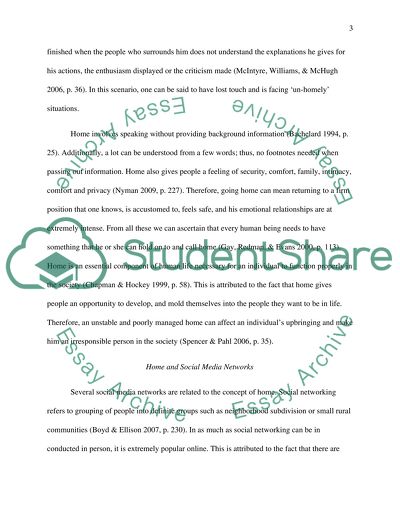Cite this document
(“Relationship between social media networks and the concept of home Essay”, n.d.)
Retrieved from https://studentshare.org/visual-arts-film-studies/1402602-photography-and-the-home
Retrieved from https://studentshare.org/visual-arts-film-studies/1402602-photography-and-the-home
(Relationship Between Social Media Networks and the Concept of Home Essay)
https://studentshare.org/visual-arts-film-studies/1402602-photography-and-the-home.
https://studentshare.org/visual-arts-film-studies/1402602-photography-and-the-home.
“Relationship Between Social Media Networks and the Concept of Home Essay”, n.d. https://studentshare.org/visual-arts-film-studies/1402602-photography-and-the-home.


